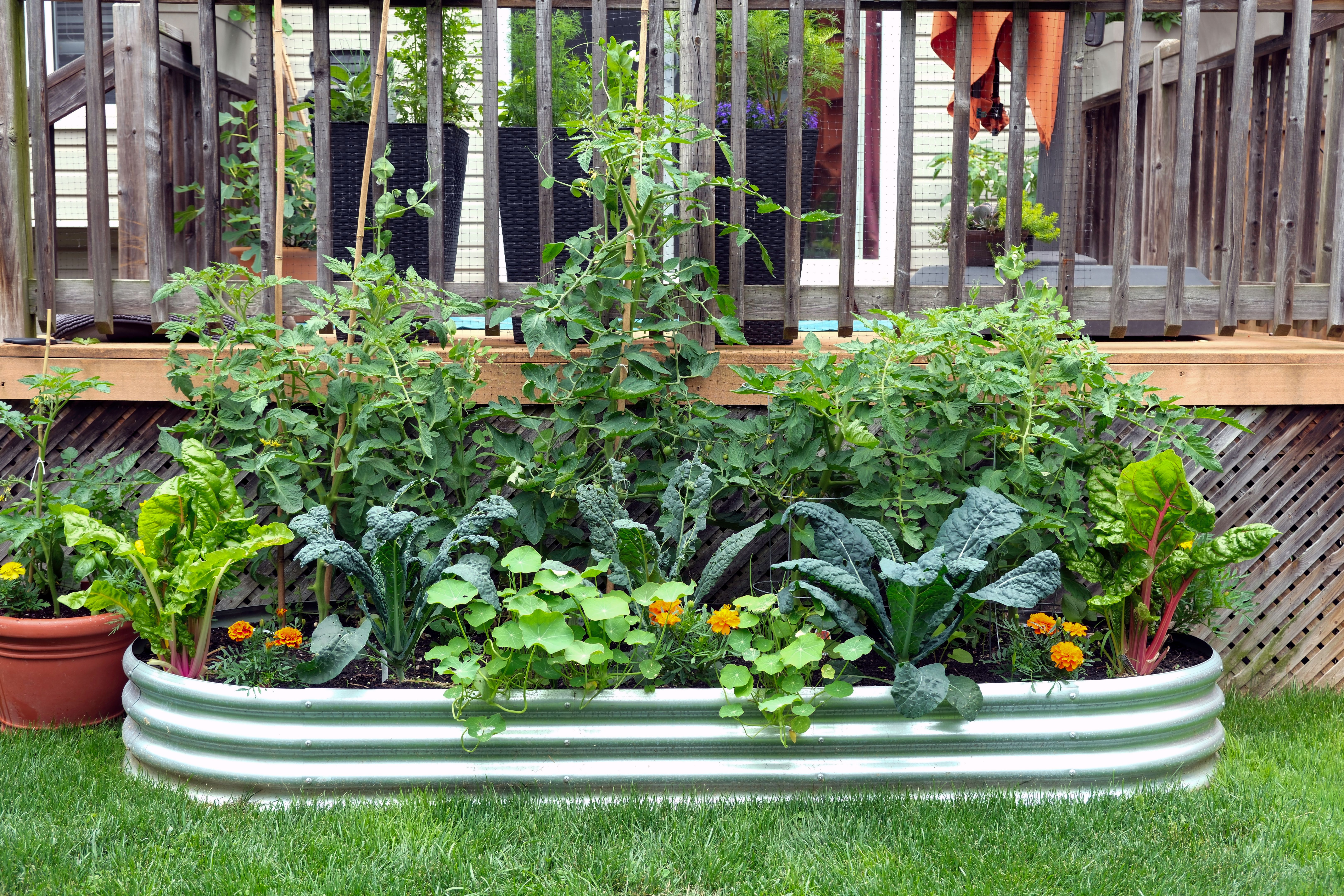Spring Planting Guide: Essential Tips for California Farmers
Spring is a crucial time for farmers in California, as the mild climate offers an ideal environment for planting a wide variety of crops. Understanding the nuances of soil preparation, crop selection, and pest management in this region can make a significant difference in the success of your farming endeavors.

Soil Preparation
Before planting, it's essential to prepare your soil to ensure it provides the best growing conditions. Start by testing your soil's pH levels and nutrient content. California soils can vary widely, so knowing what your specific soil needs will allow you to amend it properly. Consider adding organic matter, like compost or well-rotted manure, to improve soil structure and fertility.
Proper tilling is also crucial. Tilling helps to aerate the soil, incorporate organic material, and break up compacted areas. However, be mindful not to over-till, as this can lead to soil erosion and degradation.
Choosing the Right Crops
California's diverse climate zones mean that crop selection can vary significantly depending on your location. Coastal areas may favor cool-weather crops like lettuce and broccoli, while inland valleys are perfect for tomatoes and melons. Take into account the microclimate of your specific area when selecting crops.

It's also wise to consider crop rotation to maintain soil health and reduce pest buildup. Rotating different families of crops can help prevent soil nutrient depletion and control pests more effectively.
Irrigation Techniques
Effective irrigation is vital in California, where water resources can be scarce. Drip irrigation systems are highly recommended as they deliver water directly to the plant roots, reducing evaporation and conserving water. Regularly check your irrigation systems for leaks and ensure they are efficiently covering your crops.
Consider implementing a rainwater harvesting system to supplement your water supply. Collecting and storing rainwater can provide a sustainable water source during dry periods.

Pest and Disease Management
Integrated Pest Management (IPM) is a strategic approach that combines different management strategies and practices to control pests. Monitor your crops regularly for signs of pests and diseases, and use biological controls, such as beneficial insects, to manage pest populations naturally.
Practicing good sanitation by removing plant debris and rotating crops can also help minimize disease risk. If chemical controls are necessary, opt for targeted, environmentally-friendly options to reduce impact on beneficial organisms and the surrounding ecosystem.
Final Thoughts
Spring planting in California offers unique opportunities and challenges. By preparing your soil, selecting appropriate crops, optimizing irrigation, and managing pests wisely, you can set the stage for a productive growing season. Remember, continuous learning and adapting to your specific environment will lead to long-term farming success.